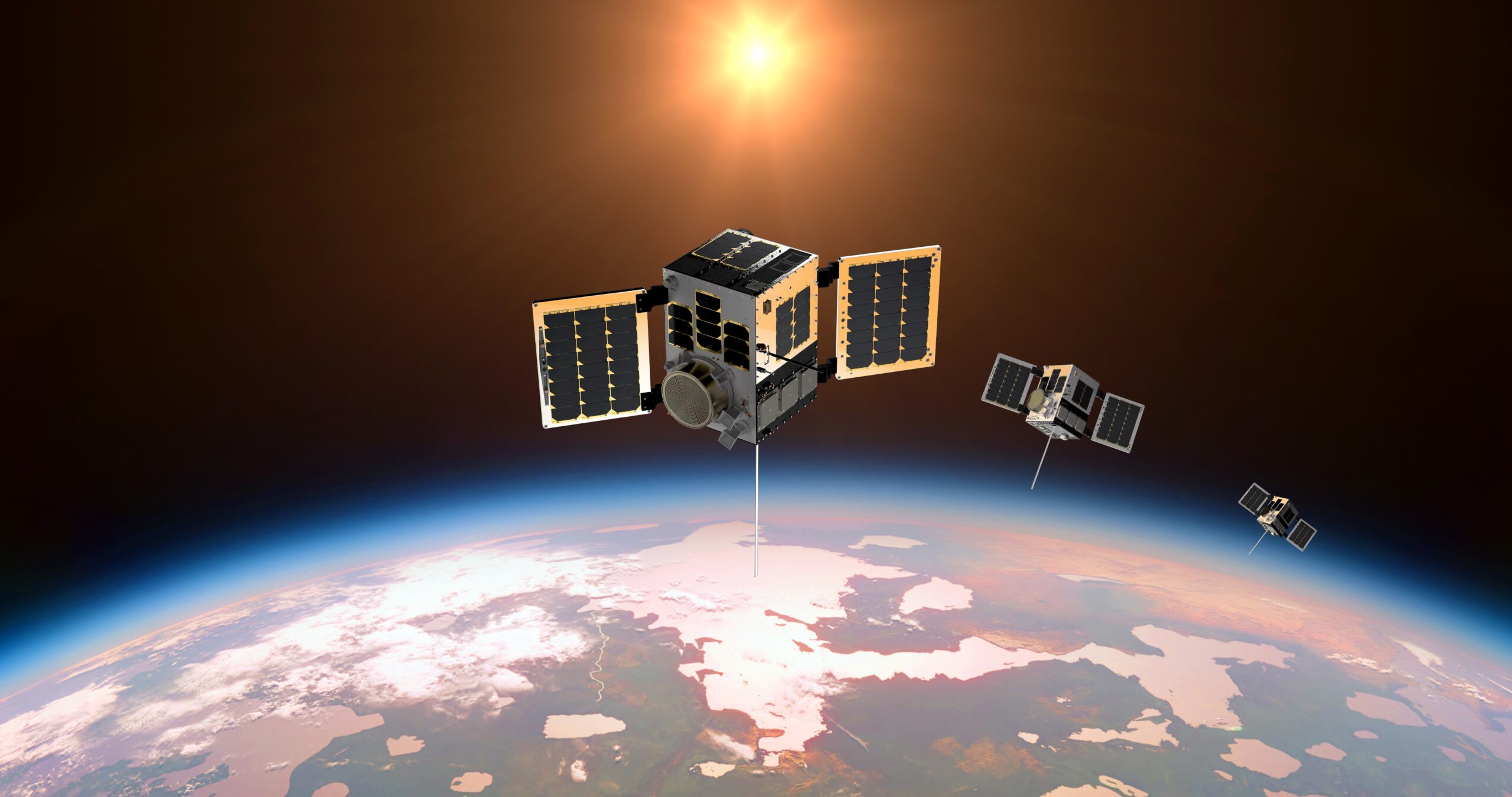HawkEye 360 satellites to monitor illegal fishing in Pacific Islands

WASHINGTON — HawkEye 360, a commercial operator of remote-sensing satellites, announced July 6 it was selected by the government of Australia to help detect illegal fishing activity using radio-frequency sensors.
The company received a contract of undisclosed value from Australia’s Department of Foreign Affairs and Trade for a pilot program in support of the Pacific Islands Forum Fisheries Agency.
The agency, based in Honiara, Solomon Islands, was established in 1979 to help its 17 member countries manage their tuna fisheries and track illicit activities.
HawkEye 360, headquartered in Herndon, Virginia, uses radio-frequency data analytics to geolocate electronic emissions and draw insights.
Radio-frequency identification
The company operates a constellation of 21 satellites that detect, characterize and geolocate radio frequency signals from emitters used for communication, navigation and security.
HawkEye 360’s satellites fly in triangular formations in low Earth orbit. As a cluster passes over an area, each satellite observes signal waveforms and downlinks the data to a cloud system on the ground where it’s analyzed.
Under the contract with Australia, HawkEye 360 will provide satellite RF maritime analytics and training through 2023, said Alex Fox, chief growth officer of HawkEye 360.
“The Pacific Islands encompass a vast and highly trafficked region with rich fisheries resources that present complex challenges for maritime domain awareness,” he said.
The Pacific Islands Forum Fisheries Agency and its members will get data, analytics services and training support to identify illicit maritime activity within their waters, Fox said. By analyzing RF data, he added, HawkEye 360 can track maritime activity that is not detectable by Automatic Identification Systems (AIS).
Related
ncG1vNJzZmiroJawprrEsKpnm5%2BifKmt1qScsp1daINxedKaq56knJ7Bpr%2BMraZmpZ%2BjtrW70WagpaSVnK6tecWiqqGhnpx6qrqMqZicoZaesG610qWYp5yjZA%3D%3D